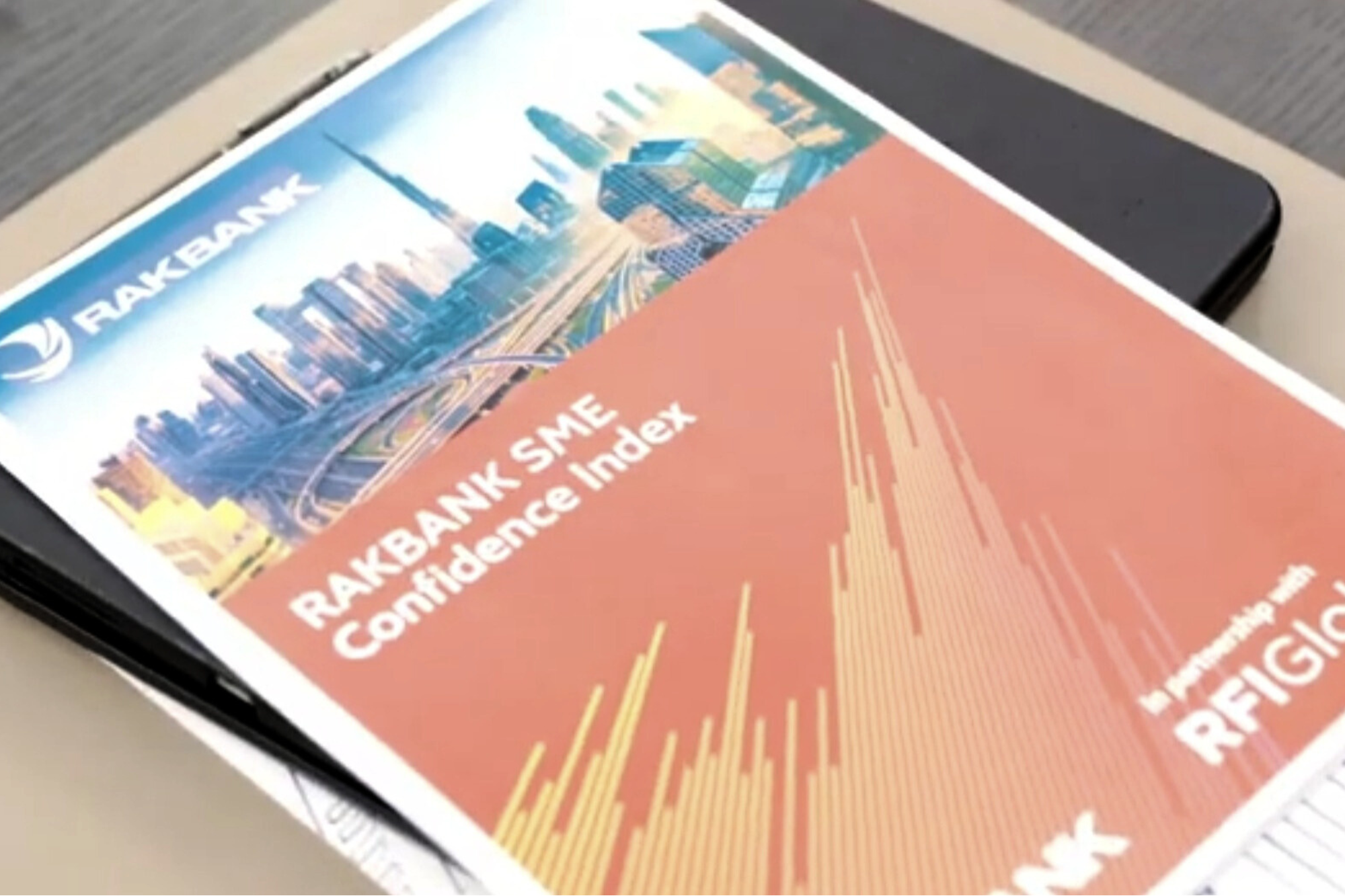Driving Progress: The UAE's Blueprint For Public-Private Partnerships Offers Lessons For Western Nations With the UAE having exemplified innovation and growth, it is time their more established Western peers follow in their footsteps, through public-private partnerships.
By Haman Manak •
Opinions expressed by Entrepreneur contributors are their own.
You're reading Entrepreneur Middle East, an international franchise of Entrepreneur Media.

Despite being a relatively young country, the UAE has established itself as one of the fastest-growing, most modern nations on the global stage. And while its exemplary innovation, world-class infrastructure, and towering skyscrapers are certainly factors behind this, the government's commitments to public-private partnerships (PPPs) –collaborations with the private sector– have played a significant role.
As 2024 is set to mark the end of a lukewarm half-decade in global economic growth, more Western governments should follow in the UAE's footsteps and establish more partnerships with the private sector. Plus, considering the financial distress currently afflicting their private sectors (over 47,000 UK businesses teetered on collapse by the end of 2023, according to Bloomberg), government support, in the form of PPPs, could supercharge private enterprises past stagnation.
Throughout the course of its roughly 53-year history, the UAE has seen commendable economic growth. And, even beyond the pandemic-struck 2020, it defied the global picture, recording annual growth of 4.4% in 2021, and 7.9% in 2022. While I understand that there are many reasons for this (Global Data says its construction market alone is valued at approximately $94 billion), PPPs deserve their credit. They have ensured the UAE's private enterprises are at the forefront of industry innovation and efficiency, and they have established the nation as a global construction powerhouse.
Interestingly, too, the UAE has committed more funding and resources to these projects, and recently announced plans to roll out 127 more over the next five years. This additional funding and continued flow of work should drive the UAE to improved quality, program, as well as health and safety standards. Dubai Metro's Route 2020 is a great example. Comprising a 15km-long line, the route –a major extension to the city's pre-existing Red Line– now serves approximately 270,000 people commuting to and from commercial and residential areas.
With the ExpoLink Consortium –a group of industry heavyweights– taking the reins on the route's construction, this project is a standout example of public and private sector collaboration– and the numerous economic benefits they can bring. More transport routes mean greater connectivity. This allows previously remote areas to access the commercial and social gains of busier regions. So, in theory, while Dubai's Route 2020 has only been up and running since 2021, it could and will bring significant economic growth to the areas of its seven new metro stations.
Related: Tackling Food Insecurity In The MENA: A Playbook For The Private Sector
Of course, there are countless examples of PPPs that have generated numerous benefits to their respective regions. Take Australia's Pacific Highway Upgrade, for example. Since the project began in 1996, this 408-mile stretch of highway connecting Sydney and Brisbane is -in the words of Australia's New South Wales' Government– "a major contributor to the country's economic activity". Constructed by a large number of contractors across construction and civil engineering, this large-scale infrastructure project has proven that -under correct operating principles and healthy collaboration– PPPs can reap immense domestic benefits.
Look, I will admit that PPPs are not always successful; for example, as with the UK's HS2, they can fail. But, as for any project, the budget and program need to be carefully procured and managed with the right contractors on board. That ensures the biggest chance of success for both the public and private parties– successes which the UAE has pioneered en masse.
As a result of these projects, public infrastructure benefits from private-sector expertise– and the private sector enjoys the scale of a public project. Through these partnerships, private enterprises can spearhead innovation in cash-strapped, economically unfriendly environments, and gain the opportunity to open new revenue streams through post-construction operating profits. It's a win-win.
The current global economic picture is pretty gloomy. And while 2024 is projected to see growth of 3.1% amid ongoing geopolitical crises and other disruptions, this figure is not guaranteed. By no fault of their own, construction and civil engineering have perhaps felt the effects of these headwinds more than most: following a year of insolvencies, UK construction activity has only just stabilized, but sees a difficult year ahead.
Now is the perfect time for Western nations to take a leaf out of the UAE's book. Their economies, particularly the UK's, are in dire need of an economic kickstart– and construction is calling for recovery. The UAE –through its world-class public infrastructure and construction projects– has shown the power and advantages of PPPs. And despite its young age, the country has led the pack on this front, reaping an astonishing economic boom as a result.
The UAE has, once again, exemplified innovation and growth. Through PPPs, their more established Western peers must follow in their footsteps.
Related: Bridging Finance And Operations: A Partnership For Better Business












